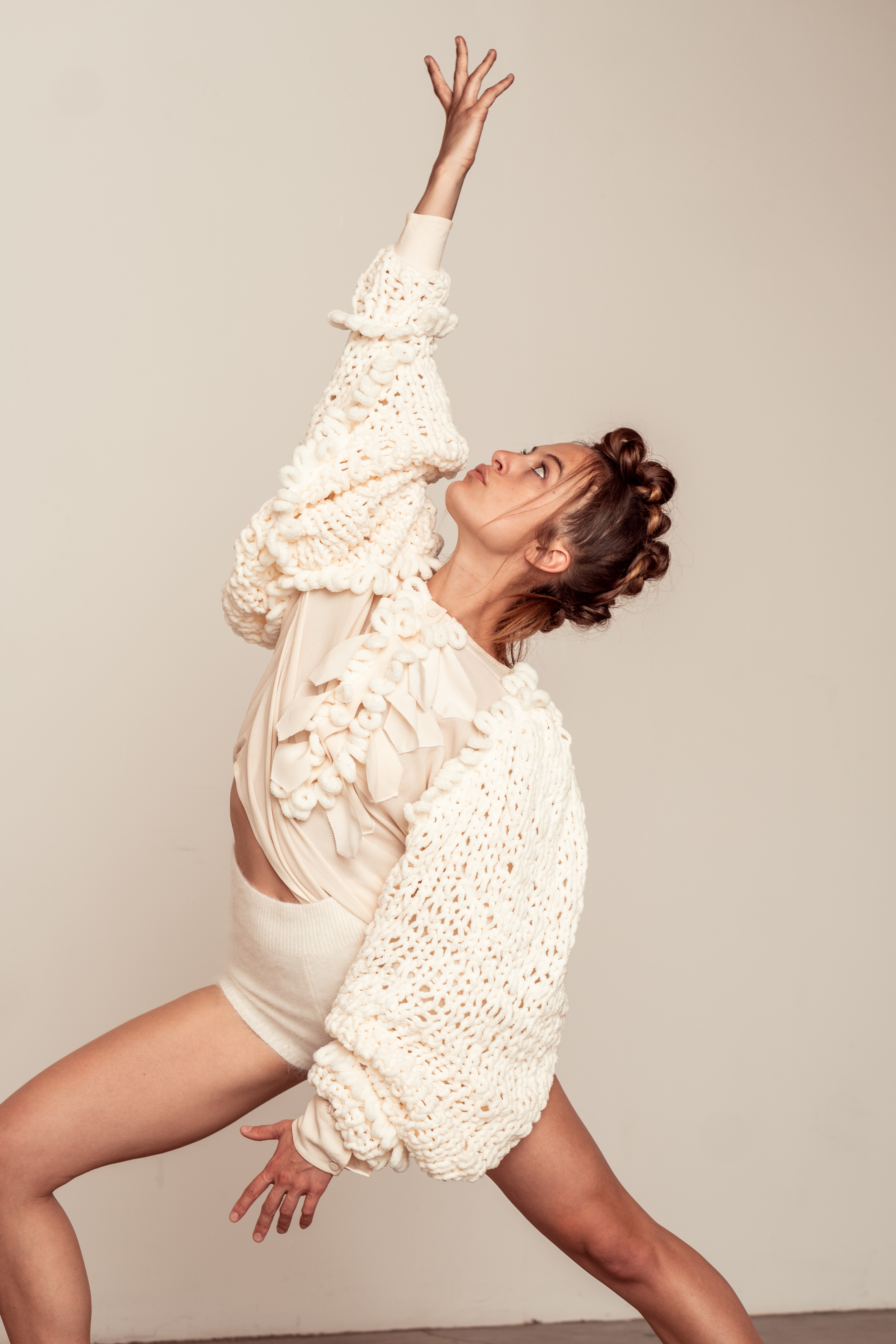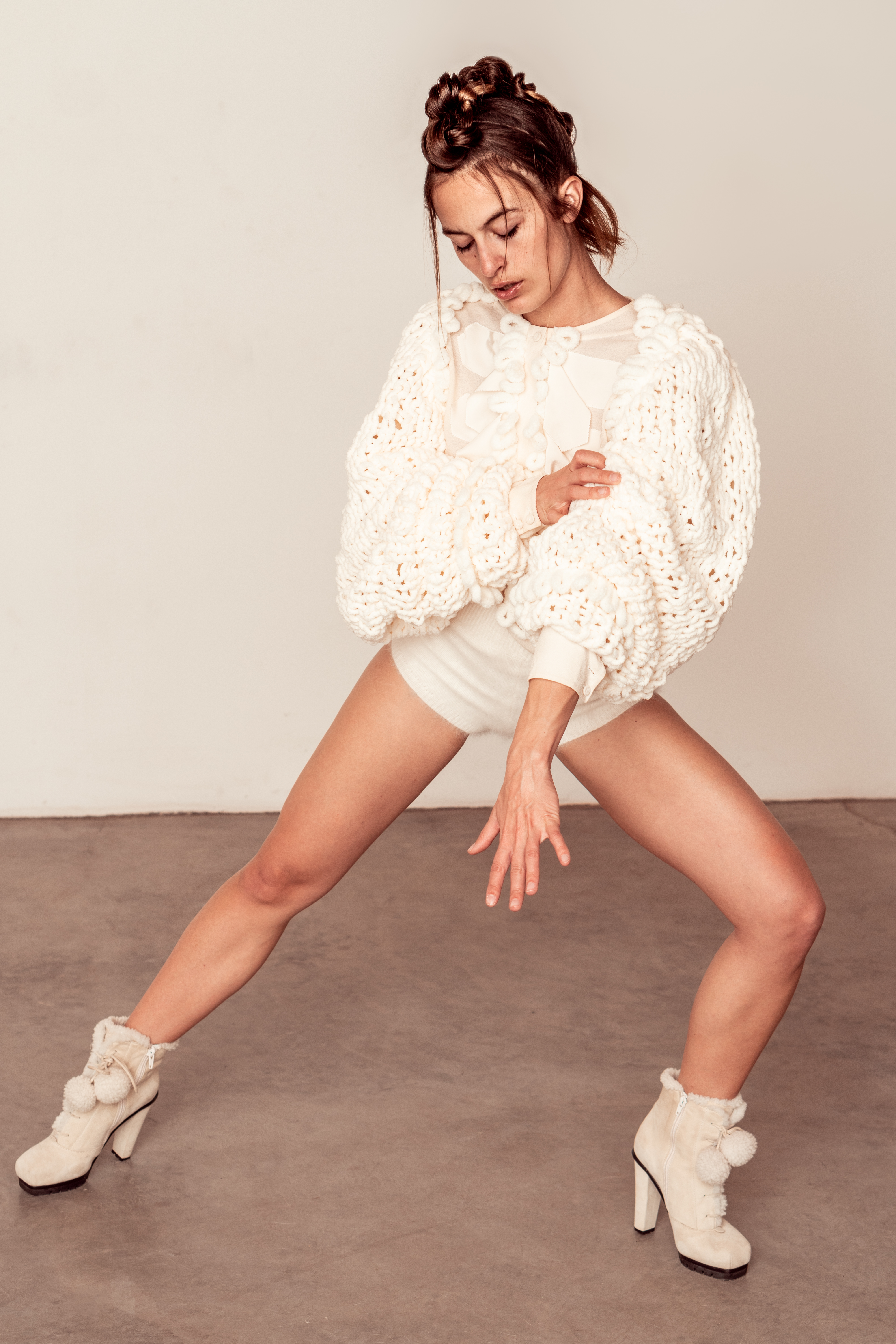Like many people, I love clothes shopping, and I’ve probably purchased more than I need at low prices. It wasn’t until recently that I became aware of how damaging my clothing choices were and that I was contributing to Fast fashion.
Fast fashion refers to cheap and stylish clothes that take ideas from the catwalk or famous individuals and turn them into garments at an unbelievable speed to meet consumer demand. The sooner these new trends become available, the sooner shoppers can grab them while they are still popular. But under pressure to produce garments at such a high speed comes the environmental cost, causing fast fashion brands to be some of the highest polluters within the industry.
With a hundred billion clothing items produced yearly, the companies producing them create more pollution than international aviation and shipping combined. Studies show that we wear only 20% of our clothing 80% of the time, which isn’t sustainable.
A possible solution could be cultural sustainability – which in fashion means passing on or supporting the knowledge of traditional textiles and cultural expressions to future generations. It also comprises the fourth pillar of sustainable development, referred to in the 1995 World Commission on Culture and Development report.
I spoke to Emma Trask, Founder and Upcycling Designer at The Chrysalis Lab, to find out more about cultural sustainability, and whether this could be the right answer,
Interview
- Please tell us a bit about yourself.
I grew up in a quiet New Zealand seaside town. I have Māori heritage as my grandmother grew up on the Chatham Islands, where my Māori tribe originates. She later moved to Hawkes Bay to marry my grandfather, and together, they lived on a sheep farm. One interesting aspect of my heritage is the strong knitting tradition in my family (New Zealand is known as one of the biggest knitting countries). My aunties were skilled in spinning wool and creating homemade jerseys.
This craft has been passed down through generations, and I’ve embraced it as part of my creative expression. Also, as a child, I supposedly played “dress up” a lot, changing my costumes as many times as possible throughout the day. Later, thrifting and upcycling old treasures became my adolescent obsession, fuelled by a desire for individual expression.
After a career in event marketing in New Zealand, I set my sights on New York City, where I seamlessly merged my event marketing expertise with personal styling services, catching the eye of renowned fashion stylists.
I relocated to LA and rode the wave of the celebrity styling renaissance, leaving my mark on advertising campaigns, editorial spreads, red carpets, music videos, tours, live shows, and TV costume design for over two decades. - How did you develop an interest in sustainable fashion, and how did this lead to The Chrysalis Lab?
Over the years, as I navigated the fast-paced world of celebrity styling, I couldn’t help but be disheartened by the mass production and wasteful practices that permeated the fashion industry. It became clear that there was a pressing need for more sustainable alternatives.
The pivotal moment came during the global pandemic when the world began to awaken to the environmental impact of the fashion industry. It was then that I decided to channel my expertise and passion into creating The Chrysalis Lab. - Please tell us a bit about The Chrysalis Lab and what it does.
The Chrysalis Lab is my brainchild, a venture deeply rooted in my passion for sustainable fashion. I specialize in upcycled clothing, where I take existing garments and materials and transform them into unique, high-quality pieces. What truly sets The Chrysalis Lab apart is my belief in involving customers in the upcycling process.
I’ve designed an experience that allows individuals to be part of the creative journey, from selecting materials to customizing designs. This collaborative approach fosters a deeper connection between people and their clothing while promoting sustainable practices. The Chrysalis Lab ultimately aims to spark a shift towards a more conscious and eco-friendly fashion industry. - How is The Chrysalis Lab different compared to other fashion companies?
The Chrysalis Lab sets itself apart in several unique ways. Firstly, by creating one-of-a-kind pieces. Each garment is carefully designed and handcrafted, ensuring our customers possess something truly special and individual. The collections serve a dual purpose. They are not only available for purchase, but they also function as showcases for the art of upcycling.
Additionally, I offer a custom collaboration service by working closely with clients to transform their existing garments into new, unique items, a process we refer to as “chrysalizing.” This results in bespoke creations with a personal touch.
What sets the label further apart is its unique approach to upcycling by utilizing various forms of knitting as a means of transformation. This distinctive technique adds an artistic dimension to the process and results in garments with a distinct texture and character.

- Have you heard of cultural sustainability and how it works regarding fashion? Why is it important?
Cultural sustainability is a concept that is gradually gaining recognition but has yet to become familiar to many. It’s about preserving and passing down the intricate skills and techniques that have been honed over generations, ensuring they remain relevant in today’s fashion landscape.
It is important because it protects cultural heritage by ensuring that traditional knowledge and craftsmanship are not lost to time. It preserves the rich tapestry of diverse textile traditions that are an integral part of many communities around the world.
Through the work of skilled artisans proficient in various knitting techniques, The Chrysalis Lab is actively embodying and championing the concept of cultural sustainability before it became a buzzword.

- You use various techniques to transform vintage designer clothes into unique repurposed collections. What are these techniques, and what makes them crucial to the sustainable fashion approach?
I use a range of techniques, including knitting, crochet, macramé, weaving, rope artistry, embroidery, sashiko stitching, and sewing, to transform vintage designer clothes into unique collections. Each piece is handcrafted with love and artistry, giving them a distinct feel.
These techniques are crucial to our sustainable fashion approach because they are challenging to replicate with machines, especially given our preference for a perfectly imperfect style in our knitted garments.
- What can people do to be more sustainable in their future fashion choices?
The late British designer Vivienne Westwood, a fashion icon I greatly admire, once said, “Buy less, choose well, make it last.” This statement beautifully encapsulates the essence of slow fashion.
“Buy less” emphasizes the need to curb overconsumption, a prevalent issue in the fashion industry. “Choose well” urges consumers to be discerning about their purchases understanding how and where the items are made. This helps support sustainable and ethical production practices.
“Make it last” is where my brand plays a significant role. I am dedicated to breathe new life into their ‘old’ pieces, extending their longevity and reducing the need for constant replacements.

- Are your artisans from specific countries or cultures? How do you ensure you do right by them and maintain cultural sustainability if, it’s traditional knowledge or practice?
My team of artisans comes from diverse cultural backgrounds, each bringing their unique perspective. It’s essential for me to adapt how I design, direct, and collaborate with them all, as they each have different ways of working. While English is my first language and second for many of them, we’ve never had an issue communicating.
I believe it’s because when you’re speaking the language of creativity, it transcends linguistic barriers. I find immense value in hearing their stories and experiences from their respective cultures. Sharing their stories and showcasing their artistry is how I honour and preserve these cultural heritages.
- Could cultural sustainability be an effective approach to help break Fast fashion?
Yes! Cultural sustainability is a powerful force against fast fashion. When consumers realise the difference between mass-produced and handcrafted items, they’re drawn to the latter. The shift to slow fashion begins with consumers asking questions about the origin and production of their clothing.
As they start seeking answers, cultural sustainability will likely play a significant role in their decision to break free from fast fashion. Cultural sustainability not only has the potential to stop the cycle of fast fashion but also to foster a more interconnected global community that celebrates diversity.
- What potential issues arise when fashion companies utilise traditional or cultural practices to make their garments? What can be done to stop these issues from happening?
One potential issue that can arise when fashion companies utilise traditional practices is cultural appropriation. To prevent these issues, the approach should be one of collaboration rather than exploitation.
Fashion companies should not simply borrow from a culture but actively engage with it, respecting and valuing its contributions. It’s essential to share the stories accompanying these traditions to educate consumers.
By incorporating traditional practices into their collections rather than merely imitating them, fashion companies contribute to preserving these traditions, ultimately promoting a cross-cultural community, which is what we need. - What do you love the most about the work that you do?
As an artist, I’ve found that clothes are the perfect canvas for my art. Creating upcycled pieces allows me to express my creativity in a unique and meaningful way while helping people express their individuality and tell their stories through their personal style. I love hearing that when customers wear my pieces, they get so many compliments because I know it not only brings them joy but also spreads joy in the world one compliment at a time.
- Any other insights or comments you wish to share?
Research shows that knitting and creative crafts can also positively affect mental and physical health. There are even strong similarities between the benefits of knitting and the benefits of meditation in calming the brain. The rhythm of knitting helps with serotonin release.
I think this energy from the knitting process transfers into the clothes we create, which is why they feel so magical to wear and why people are drawn to them. And why it’s so important for knitting and creative crafts to be showcased, taught, and passed down to future generations.




